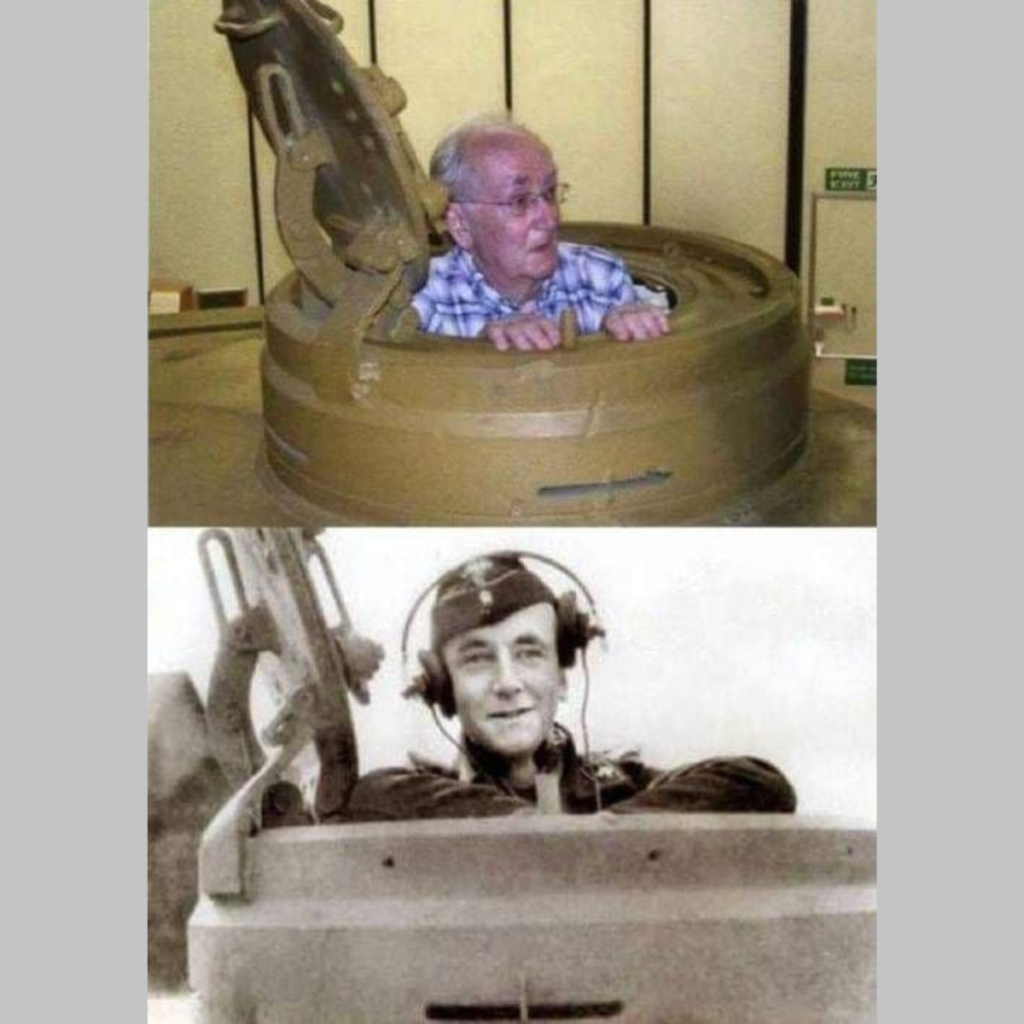


Tigers in the Mud
Otto Carius on the Eastern Front, 1942-1944
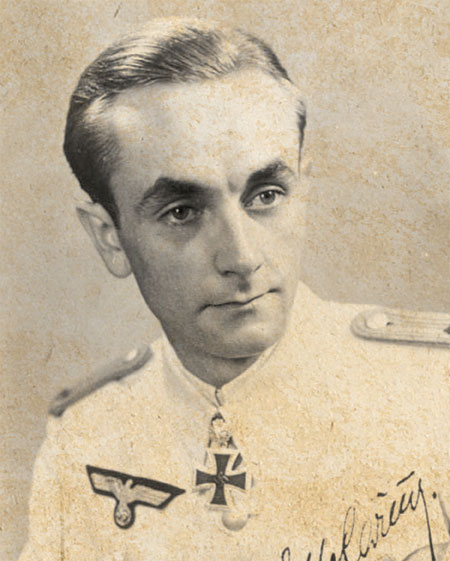
Otto Carius was born in 1922 in Southwest Germany. In May 1940, Carius volunteered to join the 104th Infantry Placement Battalion. He received training in the infantry before being assigned to the 21st Panzer Regiment, of the 20th Panzer Division. He saw his first combat action in June 1941, during Operation Barbarossa, the invasion of the Soviet Union.
On the Leningrad Front, 1941-42
The 21st Panzer Regiment was equipped with the Czech-made Panzer 38(t). Otto Carius served as the tank’s loader in the 10th Panzer Company. When Carius and the rest of his crew received its first Panzer 38(t) tanks they were excited.
The tank was fast, manoeuvrable and they felt the armour would protect them from anything the enemy could throw at them. However, as Carius noted, ‘We were enthusiastic about the armour protection and didn’t realize until later that it would only serve as moral protection for us. If necessary, it would stop small arms fire’.
Only a month into the Russian campaign, Carius’ tank was hit and the crew had to bail out for the first time. A disillusioned Carius wrote, ‘We cursed the brittle and inelastic Czech steel that gave the Russian gun so little trouble. The pieces of our own armour plating and assembly bolts caused considerably more damage than the shrapnel of the round itself’. Carius was hit in the face, losing several teeth in the process. He recovered at an aid station and hitchhiked his way back to the front.
In early August 1941, Carius was promoted to Unteroffizier and received orders to report to the 25th Panzer Replacement Battalion to begin officer training. In February 1942, Carius failed to meet the qualifications for officer and was returned to the 21st Panzer Regiment. He was given command of a Panzer platoon, but the regiment only had enough tanks to equip a company, so his platoon had to fight as infantry until they received new Panzer 38(t) tanks. Carius and the rest of the 10th Panzer Company finally received replacement tanks and joined the fight once again.
During the fighting in the early summer of 1942, the regiment received its first Panzer III and IV tanks, which helped even the playing field against the tough new Soviet T-34 tanks. For his combat experience and leadership Carius was promoted to Leutnant and served as the commander of the battalion’s pioneer platoon.
Carius and his Tiger
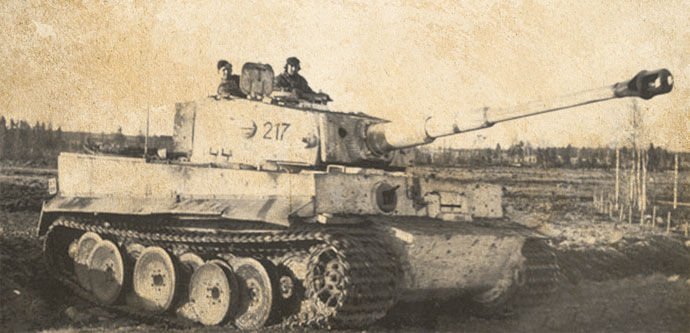
In January 1943, Carius was transferred to the 500th Replacement Battalion. When he arrived, he discovered that the battalion was formed exclusively from Eastern Front Panzer veterans to train on the new Panzer VI Tiger heavy tank.
His excitement was somewhat curbed when he was assigned to run the officer’s club instead of taking command of a Tiger. Nevertheless, Carius went to work and met Hauptmann Schober, commander of the 2nd Company.
Carius kept him well supplied with French vermouth and Schober saw to it that Carius was reassigned to his company. Soon there after the battalion was renamed the 502nd Heavy Panzer Battalion, and Carius was given command of a Tiger from the 2nd Heavy Panzer Company.
After a short stay in France, where the crews became acquainted with their new tanks, the company was dispatched to the Leningrad sector on the East Front. Carius and the rest of the company first saw action in July 1943 and fought for eight straight weeks.
In November 1943, the company was moved to counter the Russian breakthrough near Vitebsk and fought to hold open the important highway to Newel. Here, Carius commanded several attacks with his platoon of Tiger tanks and added several more tank kills to his already impressive tally.
During the fighting Carius’ gunner had an amazing stroke of luck. Carius wrote, ‘My gunner, Unteroffizeier Kramer, can take credit for a deed that was probably unparalleled on the Eastern Front. That is, he succeeded in shooting down a Russian fighter with a tank cannon … Kramer, upset by the unrelenting nuisance of these guys, elevated his cannon along the approach route. I talked him in. He took a chance and pulled the trigger. On the second attempt, he hit one of the ‘bees’ in its wing. The Russian crashed behind us’
Narva
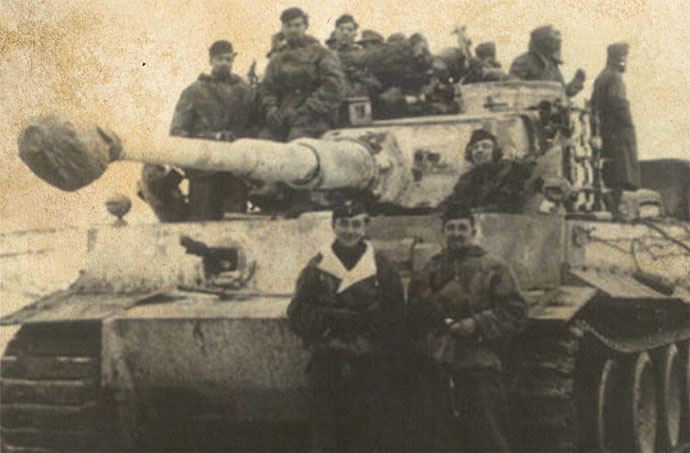
The 2nd Company, 502nd Heavy Panzer Battalion was then ordered to reinforce the front with the 11th ‘Nordland’ SS-Freiwilligen Panzergrenadier Division at Narva. Carius fought hard and as a result won the Knight’s Cross in recognition of his efforts on 4 May 1944.
In Narva, Carius had assumed default command of the company. Oberleutnant von Schiller was officially in command but lacked the respect of the rest of the company. Von Schiller often shrugged off operations onto Carius who picked up the slack and commanded the company in his stead.
In Dünaburg
In June 1944, Carius and the 2nd Heavy Panzer Company were transferred to Dünaburg to fend off the Soviet offensive against Army Group North. The Soviets managed to outflank the German defensive lines further south during Operation Bagration aimed at destroying Army Group Centre. The renewed Soviet assault in the north intended to take the port city of Riga.
On 22 July 1944, Leutnant Carius with his company of eight Tigers advanced towards the village of Malinava, north of Dunaburg, to halt the Soviet advance. Carius and Feldwebel Albert Kerscher took a Kübelwagen to recon the village. They found the Soviets had arrived in the village. Carius knew that the force in the village was only the vanguard, waiting for the rest of the Soviet force to arrive. He knew that this was the critical time to attack and recapture the village before the reinforcements arrived.
Carius attacked the village using two Tigers and kept the six remaining Tigers in the reserve. There was only one road leading into the city and attacking with the entire company would create a dangerous bottleneck. Carius led the attack in his Tiger and Kerscher’s Tiger followed close behind.
Surprise and speed were critical to Carius’ plan. When Carius’ Tiger was about to enter the village, two T-34/85 tanks were observed rotating their turrets. At that moment, Kerscher fired and knocked them out.
Then Carius noticed a strange tank ahead of him and for a second he thought he was facing a captured King Tiger. However, he quickly reidentified the target as one of the new Soviet IS-2 heavy tanks. He opened fire and catching the heavy tank in the flank. The Soviet tank exploded into a ball of flame.
The two Tigers went on to cause havoc within the village, knocking out 17 Soviet tanks in 20 minutes. Carius received Oak Leaves for his Knights Cross for his involvement in and around Dünaburg.
A Brush with Death
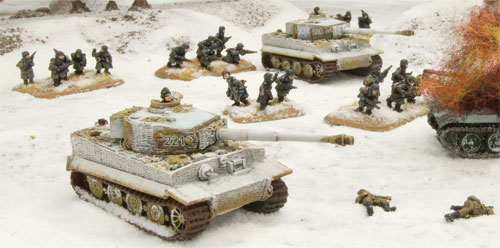
On 24 July 1944, Carius dashed ahead of his tanks in a motorcycle and sidecar on a reconnaissance mission, as he often did prior to a mission. No sooner had he got out of his motorcyle than he and his driver were ambushed by Soviet troops, suffering shots through the leg and arm, as well as four bullets in the back.
Carius tried to draw his weapon with his one healthy arm, but was stopped by a Russian officer who was aiming his pistol at Carius’ head. Just as the Russian pulled the trigger, Carius turned his head and the shot went into his neck.
As Carius faced death, the Tiger tanks from Carius’ company stormed onto the scene in a sort of Hollywood-style rescue operation. The Russians were scared off and Tigers stopped to help Carius. They bandaged him up and stopped the bleeding from his leg using Carius’ elastic suspenders. They put him on the back of one of the Tigers and Carius clung to the turret for dear life.
Suddenly, the Russians opened fire again. Carius stood up on his good leg and yelled at the tank commander, telling him were the fire was coming from. However, as the turret turned, Carius’ foot was jammed in between the turret and the hull.
Now completely exhausted and only one functional limb, Carius was taken to a field hospital where he was treated and made a full recovery after cheating death.
Otto’s Finale
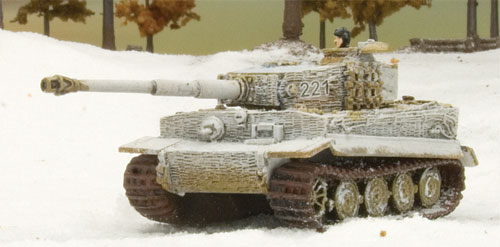
In August 1944, Carius was transferred to the newly created 512th Heavy Tank-hunter Battalion where he received the command of the 2nd company newly equipped with the powerful new Jagdtigers.
This 72-ton tank hunter was armed with a 128mm Pak44 L/55 gun. Despite its size and powerful gun, Carius hated it. He didn’t like that it was exteremely slow, had poor manoeuvrability, and used a weak transmission. Since it was an assault gun, Carius also lamented the loss of a turret. Overall, Carius was not impressed.
The company was called into action in March 1945, without finishing its training. Carius fought in the Ruhr Pocket, before surrendering to the US Army on 15 April 1945.
After the war, Otto Carius became an owner of a pharmacy called the Tiger Apotheke. He remains the highest scoring tank ace alive today, with well over 150 kills to his credit.